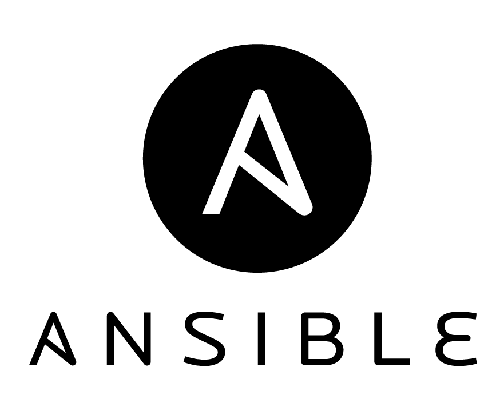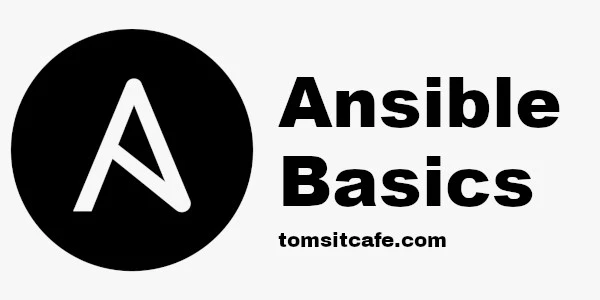In Ansible, blocks are a powerful feature that allows users to group tasks logically within a playbook, enabling the execution of multiple tasks as a single unit. This functionality significantly enhances the manageability of complex playbooks by breaking them down into smaller, more manageable parts. Blocks not only create logical groups of tasks but also provide a structured approach to handle errors, similar to exception handling in programming languages.
Continue reading “Ansible Basics 11: Blocks”Tag: infrastructure as code
Ansible Basics 10: Ansible Galaxy
One of the key features that contributes to Ansible’s popularity is its extensive ecosystem of community-contributed content, known as Ansible Galaxy. Ansible Galaxy is a hub for discovering and sharing Ansible roles, which are reusable automation components that encapsulate tasks, variables, and other Ansible functionality. These roles are created and shared by the Ansible community, allowing users to quickly find and incorporate pre-built automation into their own projects.
Continue reading “Ansible Basics 10: Ansible Galaxy”Ansible Basics 09: Ansible Roles
Ansible roles are a powerful organizational mechanism that allows you to structure your Ansible content in a modular and reusable way. They provide a structured approach to managing tasks, variables, files, and other artifacts within your playbooks. You can push your Ansible roles in SCM and follow the changes and different versions. Ansible roles are the industry standard way to distribute and share Ansible code with the community.
Continue reading “Ansible Basics 09: Ansible Roles”Ansible Basics 07: Templates and Jinja2
In configuration management and automation, templates play a very important role. They allow you to create dynamic, reusable file content by using variables and other expressions in text files. In the context of Ansible, the template engine of choice is Jinja2. You will create mostly configuration templates in Jinja2 format, and address them in your playbooks with the ansible.builtin.template module. In this lesson you will also learn how can you use expressions in the template files.
Ansible Basics 06: Conditional Statements and Loops
Conditional statements allow you to control the task execution based on specific conditions, ensuring that your playbooks respond appropriately to varying scenarios. Loops are control structures that allow you to repeat tasks across multiple items, such as iterating through a list of packages or files.
Continue reading “Ansible Basics 06: Conditional Statements and Loops”Ansible Basics 05: Playbooks
Ansible playbooks are the core components of Ansible. Playbooks are written in YAML format and describe a set of tasks that need to be executed on the managed systems. A playbook consists of one or more plays, and each play defines a set of tasks to be performed on a group of hosts. Tasks are the individual actions or commands that Ansible should execute, such as installing packages, copying files, or restarting services. Tasks call out to the programmed code units called modules.
Continue reading “Ansible Basics 05: Playbooks”Ansible Basics 04: The Inventories
An Ansible inventory is a structured list of hosts or nodes that Ansible can manage, providing a foundation for orchestrating automation tasks across a network. This inventory file typically contains information about the hosts’ IP addresses, connection details, and grouping, allowing users to organize and categorize systems based on their roles, functions, or other criteria.
Continue reading “Ansible Basics 04: The Inventories”Ansible Basics 03: Running Ad-Hoc Commands
Ansible consists of several key components that collectively build a robust automation and configuration management. Ad-hoc commands are the easiest and fastest way to run some commands remotely or on a host. You have to understand the basic terminology to do this, so here is a quick start, and later we are going to go into the details in the upcoming articles.
Continue reading “Ansible Basics 03: Running Ad-Hoc Commands”Ansible Basics 02: Installing Ansible
Ansible can be installed on a large variety of systems, but most people and companies run it on Linux hosts. Small companies and startups (with only a few administrators) do not dedicate a server for it, rather they use the admin workstations or notebooks. When a company grows and more people work on the environment they dedicate a server to these operations, and Ansible can scale well. In this article we go through the different alternative methods to install Ansible.
Continue reading “Ansible Basics 02: Installing Ansible”Ansible Basics 01: Automation, Configuration Management, Infrastructure as Code
The Ansible Basics course is a new, free series from Tom’s IT Cafe for those who want to learn the foundations of automation, configuration management and infrastructure as code. The structure of the course is simple, starting with the installation of Ansible, through its configuration, to some examples of the usage. You have to understand some computer basics to fully understand this topic. This article series will not go into the details of networking, identity and access management nor security hardening. It will help you start working with Ansible, and initiate your automation journey. New articles on Tuesdays and Thursdays at 5PM CET.
Continue reading “Ansible Basics 01: Automation, Configuration Management, Infrastructure as Code”How To Create A Scalable Jenkins CI/CD Environment Using Containers?
Jenkins is a platform for creating a Continuous Integration/Continuous Delivery (CI/CD) environment. It is written in Java and provides support for various version control tools such as Git, running Bash scripts and Windows batch files, building Ant and Apache Maven-based projects, and more. Jenkins helps build, test, and continually deploy software. It is an open-source system and one of the leading automation servers. Jenkins requires scripting some automation steps, but it provides a fast and robust way to systematize the software development lifecycle. The program runs web containers and plugins, such as Apache Tomcat, and helps manage lifecycle and access rights requests. Over 1700 plugins for Jenkins enrich the software integration, automation, and delivery processes and provide a customizable environment. Jenkins is used for the whole software delivery pipeline, including deployment.
Continue reading “How To Create A Scalable Jenkins CI/CD Environment Using Containers?”Container Orchestration In Podman Pods With Kubernetes Compatibility
Containerization has revolutionized the way we deploy and manage applications, offering lightweight and scalable solutions for a variety of workloads. The Podman, a container management tool, provides a flexible and user-friendly alternative to traditional container orchestration systems.

Writing Your Own Ansible Role: A Comprehensive Guide Using Industry-Standard Tools and Software
Automation has become a cornerstone of modern IT operations, and Ansible stands as one of the most popular tools for configuration management, application deployment, and task automation. Ansible simplifies these processes through its role-based approach, making it easier to manage complex infrastructure and streamline workflows. In this blog post, we will explore how to create your own Ansible role using industry-standard tools and software. By the end, you’ll be well-equipped to design and share your own reusable Ansible roles.

Streamlining IT Operations: Getting Started with Ansible Automation in 2024!
In the fast-paced world of technology, efficiency and automation are key to staying competitive and managing resources effectively. Small and medium-sized businesses (SMBs) are no exception, and one powerful tool for automating IT operations is Ansible. We -at Tom’s IT Cafe- start a new series of blog posts where, we will guide you through the process of installing and getting started with Ansible in a small company to kickstart your automation journey.

Getting Started with Ansible Execution Environments: A Quick Guide
Ansible is a powerful automation and configuration management tool widely used in the DevOps world. One of the recent additions to Ansible is Execution Environments, which simplifies the management of Ansible collections and dependencies. In this blog post, we will explore what Ansible Execution Environments are and provide a quick start guide to help you get started.


